Social Media Bytes
A one inch space does not leave much room for creativity, agreed?
Recently I watched a seminar about templating posts for social media. One should recognize that switching out - backgrounds, typefaces, colours and images and then placing them in a 1” or 2” square, is for just that - the bite sized puny spaces we have on our cell phones. The design principles employed are only for this media, these devices.
Designing for a website, or for example a piece of print collateral, requires significantly more contemplation and solution-driven researching. Think about it - the digital ‘page’ for the computer or the ‘real’ page for the print collateral, is much much bigger. Our eye does not handle complication when it’s one inch or 2 inches, but you still need structure and logic.
Your brain through our eyes only sees that 1 inch square and can figure out the content because there should be only a couple of elements for it to assess. Still, recognize that it still requires hierarchy and direction. Good design has these elements underlying each project - which is why the viewer doesn’t realize there is a structure or logic, because it’s so well thought out.
As amazing as the human eye is, it can not interpret as much confusion quickly - and I do not say that lightly considering in today’s social media gamut it’s all about speed to get the message out.
Posting on social media also takes work.
This does not leave much room for complexity, but here is where good design allows for good creativity and problem solving.
Less is more. What does that mean?
Negative space is the area that surrounds objects and text. Understand that the background ‘area’ is just as important as the words and imagery (a basic design principle).
Therefore, do not ‘fill the space’ - very important. This looks cluttered and causes optical confusion. Make sure that you are thorough and strategic, this process will allow for the best design decisions and solutions (even within a small space).
THINGs to watch out for and avoid!
Visual clutter and monotony.
Poor-quality images.
Too many colors.
Type mistakes (not the spelling ones).
most important - Visible lack of branding.
There are certain rules that can be outlined but in short, to design a social ‘square'/tile’ is an art, a science and takes a certain knack.



